To mark the arrival of Carbone in London and the imminent opening of Straker’s in New York, The Spectator’s Angus Colwell spoke with writer Gage Klipper about the differences between British and American restaurants, whether bad-boy chefs are back in – and which eateries couldn’t exist anywhere else.
ANGUS COLWELL: Shall we talk about Carbone, which has just arrived in London?
GAGE KLIPPER: For sure. I’m a certified Carbone hater: New Yorker, born and raised, but for me, Carbone just never really fit the New York vibe. It’s the Instagram person’s idea of what New York fine dining should be. Of course, they cater to this old-school, showy New York sensibility, but it’s not really New York in any real sense. It’s what the expat coming in from the Middle East, or the Russian oligarch’s daughter, thinks is exclusive New York or it’s where celebrities go to because their publicists tell them. That’s just not New York in any traditional sense. Carbone does pretty well in Miami and they’re all over the Middle East, which makes sense. It caters to this rootless, global, striving, wealthy elite. They have this glamorized, if foreign, vision of what elite American tastes are because, at its core, Carbone is red sauce, Italian-American food, which I grew up with. My grandma served it in Queens and Carbone elevates it and charges out the ass for it. And it’s overall fine. But that’s really all you could say about it: it’s fine. It’s not about the food; it’s about being able to take a picture of yourself there.
AC: I spoke to some people who were at Carbone in London on Friday night, and they said that it was all ridiculous and that the food gradually got worse. The appetizers were kind of all right; the starters were fine. As the evening went on, the guests got more drunk. Victoria Beckham was there. Then the veal parm arrived and it was inedible. All the reviews have gone like, “Oh, this is a show.” But I find this to be a bit of a shame because over the past two years, particularly in London, we’ve had this strange thing where everyone’s gone Italian American. Some places have done that well. There’s a place called the Dover, which is gorgeous. It looks like a great martini bar in Mayfair. The cooking is good. Then we’ve also got Grasso, and I really wouldn’t be surprised if it closed soon. It tries to do red-sauce Italian, but charges £30 for a plate of “Nonna’s meatballs.” And it just looks disgusting, and the reviews are bad. In London, we’re told this is all “authentic New York” because London has always been obsessed with New York. But it’s clearly not New York. There probably aren’t many places like the Dover that New Yorkers choose to eat at. In the eyes of Londoners, the three main New York restaurants are Carbone, Balthazar and Katz’s. I’m sure New Yorkers would feel differently.
GK: Well, I think Balthazar deserves to be considered an authentic New York restaurant. But Carbone? You could walk 15 minutes over into Little Italy and have a million times better meal than at Carbone at half the price or less.
AC: The thing that strikes me about the Carbone menu is how safe it is. They’re catering for celebrities. It’s intriguing to me that you can choose a route through the menu like you’re ten years old. The same is true at the River Café in London, which is our premier celebrity restaurant: it’s unbelievably expensive. You have a pizza, a pasta, then ice cream, and you can do that as a 60-year-old man. These restaurants retain some kind of allure for the wealthy: they allow you to act like a child.
GK: That’s interesting. The service at Carbone is pampering, too. But at the same time, it’s lost any of the elegant charm of real fine dining. The waiters are in tuxedos and they bring over the amuse-bouche and you’ll have a whole team coming over asking consistently if you need something, replacing silverware, replacing plates. So, although it does cater to the ultrarich, it’s the nouveau riche, the baby rich, who have a very gauche taste. The fact that Carbone could even be seen as elevated cooking speaks to how shitty everything else is. It’s common to not be able to get a decent plate of pasta or pizza in divey Italian spots. That’s not how it should be. It’s crazy. I’m based in Baltimore. There are all these Italian restaurants that have been here for 50 or 100 years – and there’s not one place you can get a decent bolognese.
AC: What’s worked well from London coming over to the States? The steakhouse Hawksmoor?
GK: Oh yeah, Hawksmoor. That’s been on my list for ever. I’ve always heard great things. Novikov: that’s come to Miami. I think it works well there because it fits the seedy vibe. It sticks to the model; it knows what works. Restaurants hit the wall when they try to cater too hard to a demographic or a city they don’t know anything about.
AC: I don’t know if you’ve ever read Jay Rayner’s review of Novikov in London. He said, “You don’t have to hate Novikov on principle. There’s more than enough about the place for you to hate it on its own terms.” This is a classic thing that British restaurant critics do, which is pull their punches for a lot of the small places or where industry darlings work. And then they go after a place like Novikov or Carbone. I’m expecting to see a savage Carbone review soon.
GK: I’m a lot more optimistic about Straker’s coming to New York. The Novikov-Carbone model: people are just tired of it. I think Straker’s is set to do well, if he follows Keith McNally’s footsteps, which is interesting because he is opening on the site of Lucky Strike: a classic McNally restaurant. McNally viewed the restaurant industry as an artist might, with that cinematic nostalgia. At his restaurants, when you walked in, no matter who you were, no matter what time of day it was, you felt like you were walking into a suspension of reality. Thomas Straker seems to follow that approach.
AC: He actually doesn’t. In fact, the closest we have to McNally in London would be Jeremy King, who used to own the Wolseley and Zédel and these big brasseries. But I agree about Straker’s opportunity. There are several reasons why this move is genuinely interesting. First, I think it’s the first British restaurant that has opened in New York. Hawksmoor is as much of an American steakhouse as a British restaurant. Even in the London branches, there’s a “mac and cheese.” Straker’s menu is very British: he’s into game. Say I went to Straker’s tonight, there’d probably be pigeon on the menu. There might even be grouse. Recently I had pork belly, lamb sweetbreads, radicchio, that kind of thing. It’s a genuinely very British and seasonal menu, which I’m sure Straker will want to do in New York, too. The second point is that he really is public enemy number one in the London restaurant scene.
GK: I know he had that scandal with the all-white cooking staff.
AC: Basically, if you talk to a lot of chefs, they’ll just say, “Oh, Straker’s a wanker.” He’s a proper posh Richard E. Grant lookalike, sharp cheekbones, cocky guy. He’s quite right-wing coded: he likes shooting and all that. He’s become so easy to hate, and I think a lot of the hate is lazy. New York may just not care about any of this. How evergreen is the supposed charm and appeal of a posh Englishman in New York?
GK: McNally has a famous line about that: he said he only succeeded because you can never lose the charm of a British accent in New York. But the bad-boy edginess of it all, bucking the status quo, rebelling against sustainability and vegan options and all of that; I think New Yorkers are tired of that. That said, I hop between New York, the DC area and Miami and of all those places, downtown New York is where being right-wing coded is becoming cooler and edgier.
AC: If there were three restaurants in New York that you think can only exist in New York, that you’d recommend, what would you go for?
Even when EMP went vegan, it had an extremism that’s hard to understand unless you’re in New York
GK: Smith & Wollensky, right off the bat. It’s just so quintessentially New York. It has that old-school steakhouse vibe. It only goes back to the 1970s, but it feels like it’s been there since the 1920s. You get all the prime US cuts. They dry age, which is not something I know you Brits are a huge fan of typically. And you just can’t beat the service. The food is fantastic. It’s always the same. I grew up going there. They’ve had the same bartender since I was born. You really do have to have an Italian one. Il Cortile is one of my favorites. It’s also very old. Not really red sauce: it’s elevated. They’ll do a whole selection of meat and fish and, of course, you can get some pasta to go with it, but it’s the full Italian-American experience. It’s very family oriented and casual in a way that the WASPs could never really wrap their minds around. I don’t think that would transplant to the UK. And then I’m trying to think of a real fine dining scene that feels quintessentially New York. Something like Eleven Madison Park: it’s arguably overrated now and maybe always was, but it took everything to the utter extreme with its tasting menu. Even when they went vegan, it was always just this New York extremism that it’s hard to understand unless you’re in the constant whir of New York City. How about London’s quintessential places?
AC: I’ll give three, too. St. John is probably the classic, but that’s too obvious. I would say a “caff,” or a greasy spoon, is very London, not very New York. I’d have recommended the Regency Café, but they’ve had a change of ownership, so no one knows how that’s going yet. Instead, I’d recommend the café across the road, the Astral. They’re rude to you in there. Taxi drivers love it. And it does a great breakfast. There’s another good place in north London, in Finsbury Park, called Tollington’s Fish Bar. It was a fish and chip shop that has been turned into a Spanish pintxos bar. It captures what I like about London: strange things popping up in strange places. The third one would be Black Axe Mangal, which has a menu that I don’t think could exist anywhere else in the world. It’s run by the former head chef of St. John Bread and Wine, Lee Tiernan. About ten years ago he just set up a restaurant and no one could describe the cuisine. They still can’t. But to give an idea: I recently had a jellied Szechuan pig’s head, then a lamb offal flatbread, then a deep-fried calf’s brain bao. Then crispy rabbit. They brought a whole gilthead bream covered in squid ink and Morteau sausage, and then a pina colada dessert. It’s wild. That mixture of Turkish, Szechuan, offal. It somehow feels very British. Would that work in New York?
GK: That sounds amazing, but I think it’s a tougher sell for sure. New Yorkers aren’t used to that elevated, modern twist on Turkish/Middle Eastern food. I’m also not sure New York is ready for offal.
This article was originally published in The Spectator’s October 27, 2025 World edition.













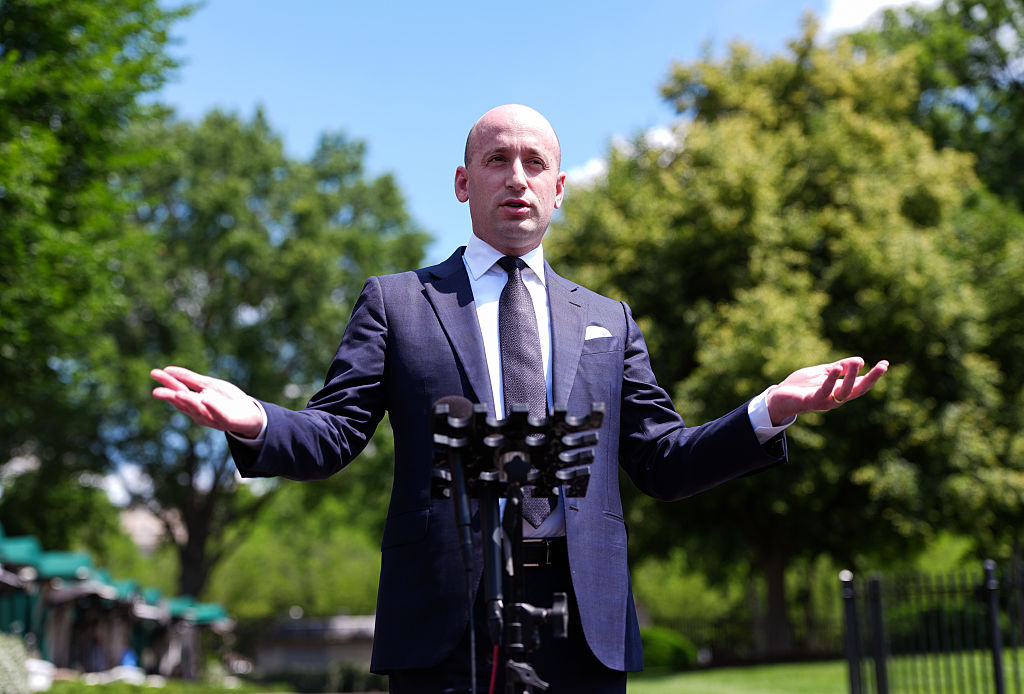

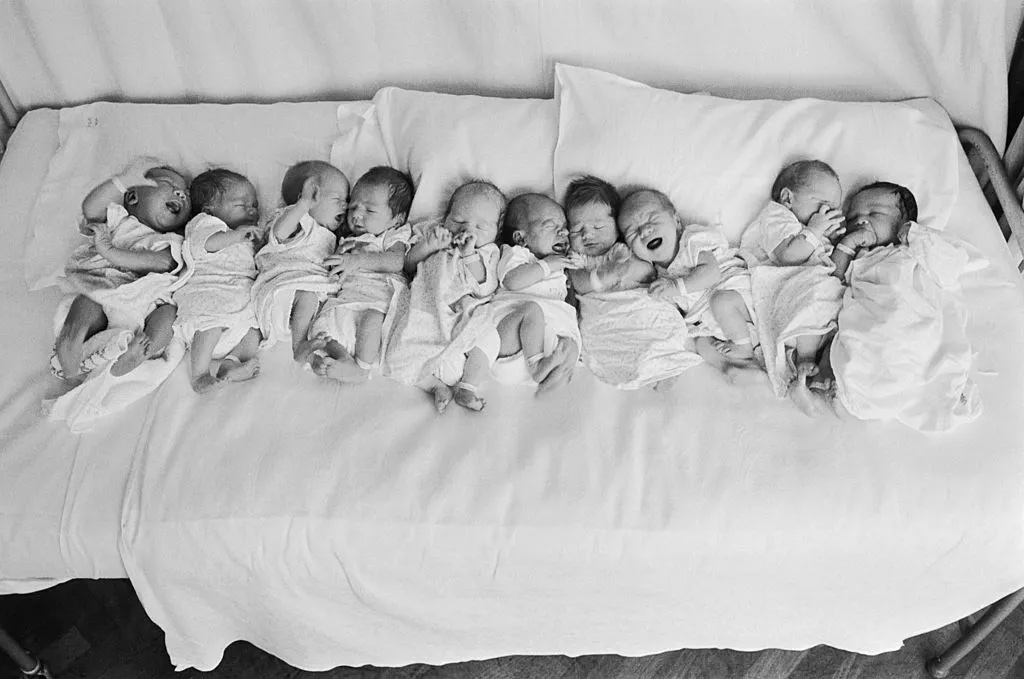
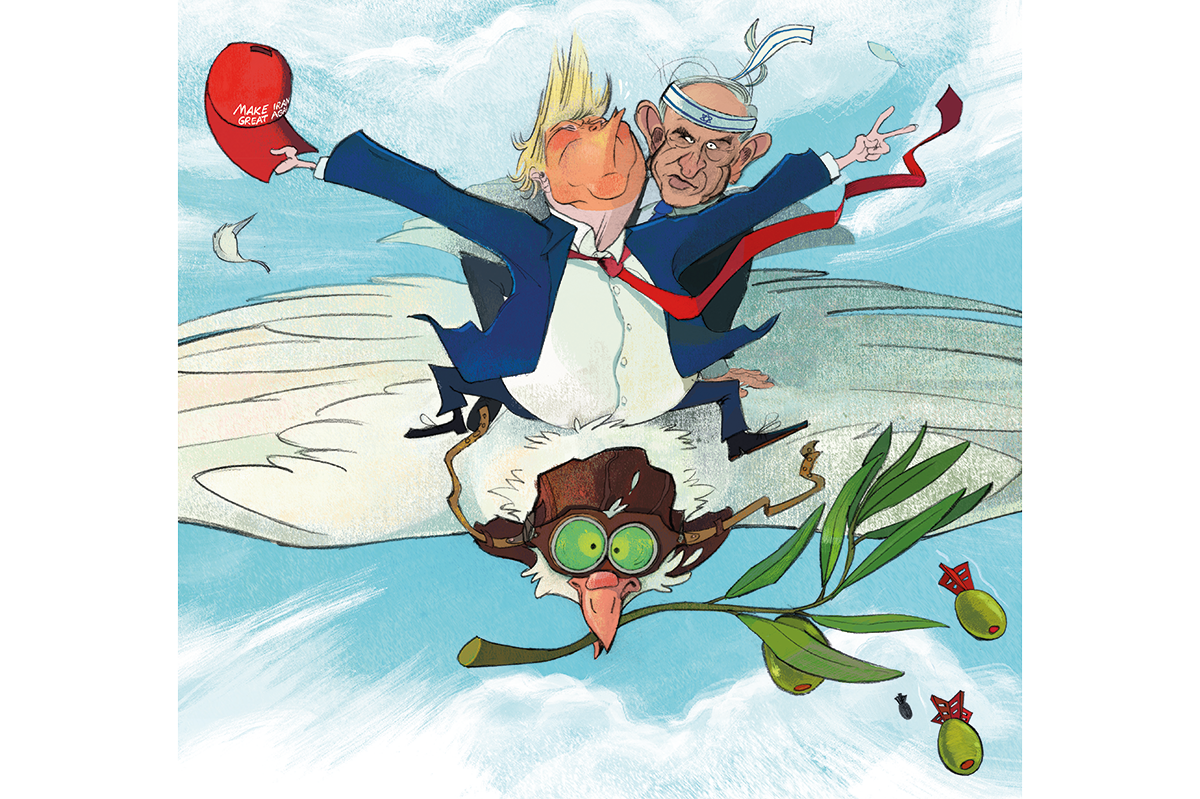
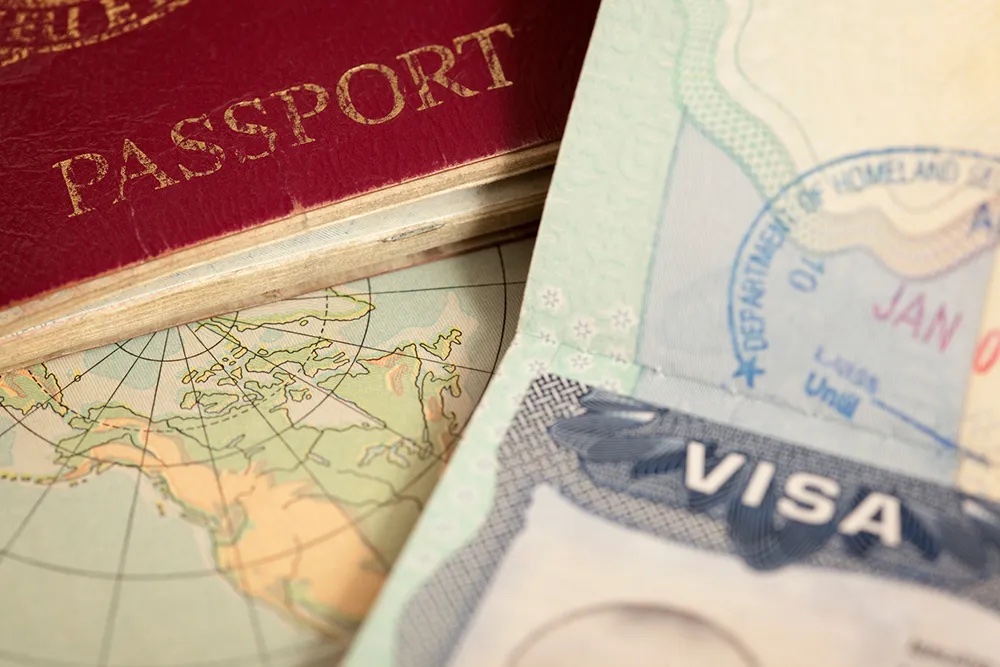






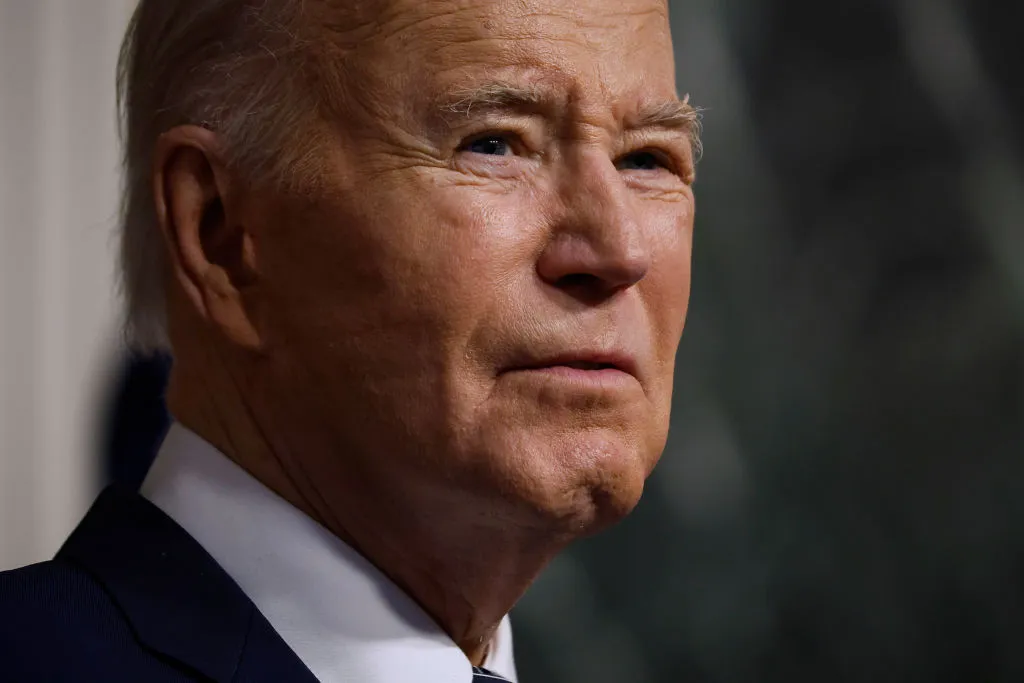

Leave a Reply